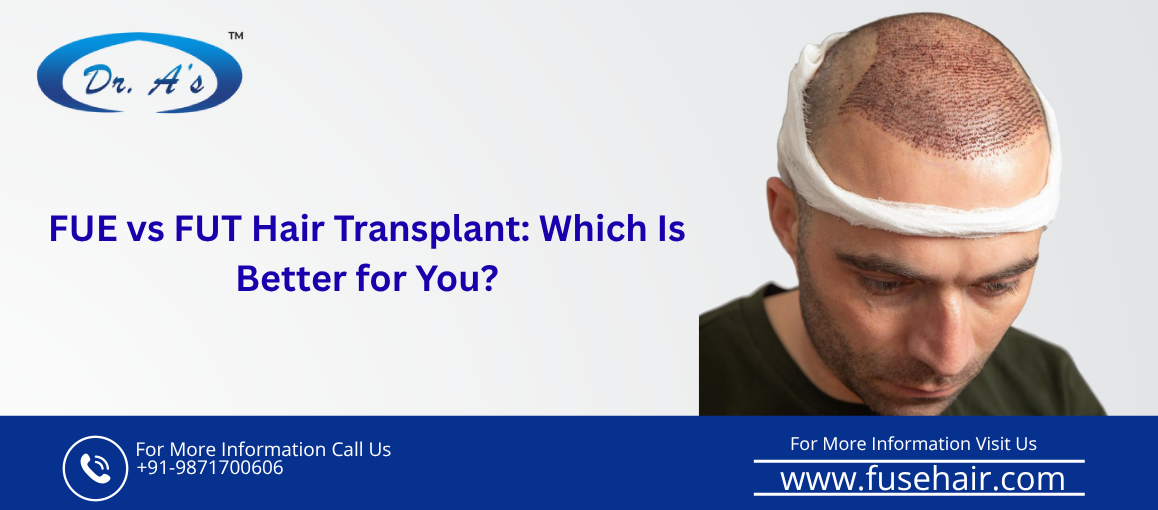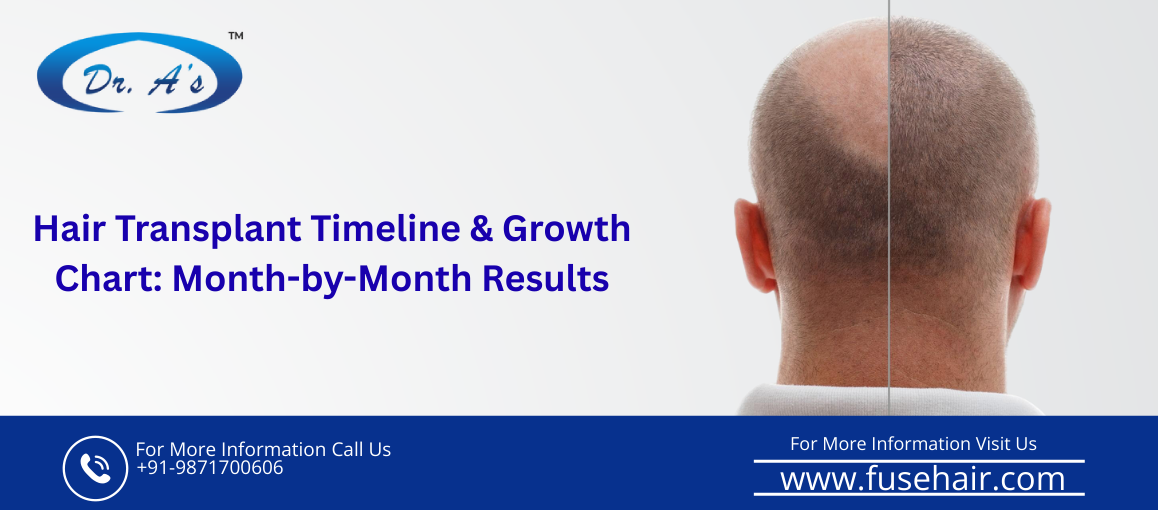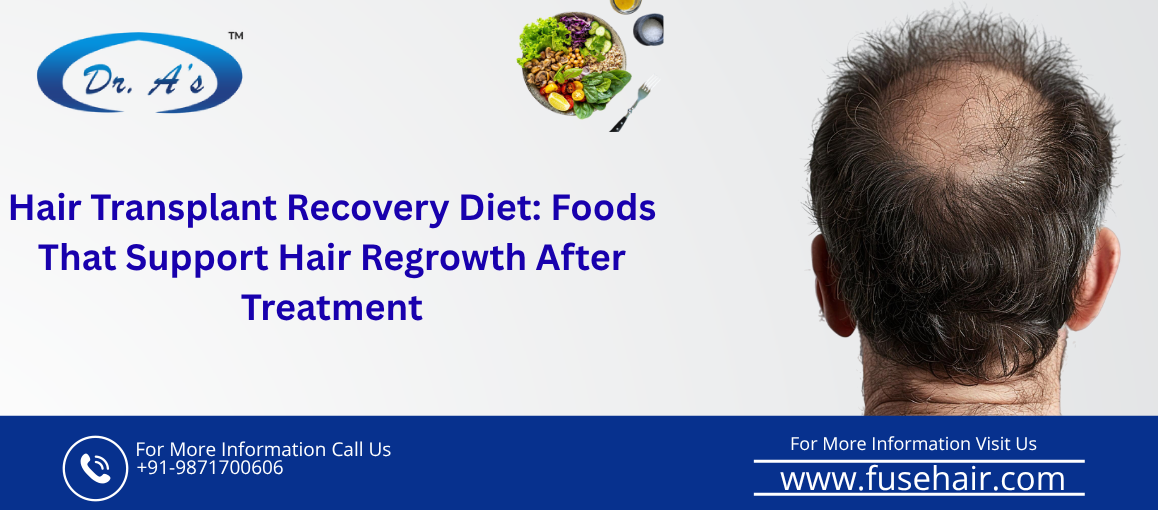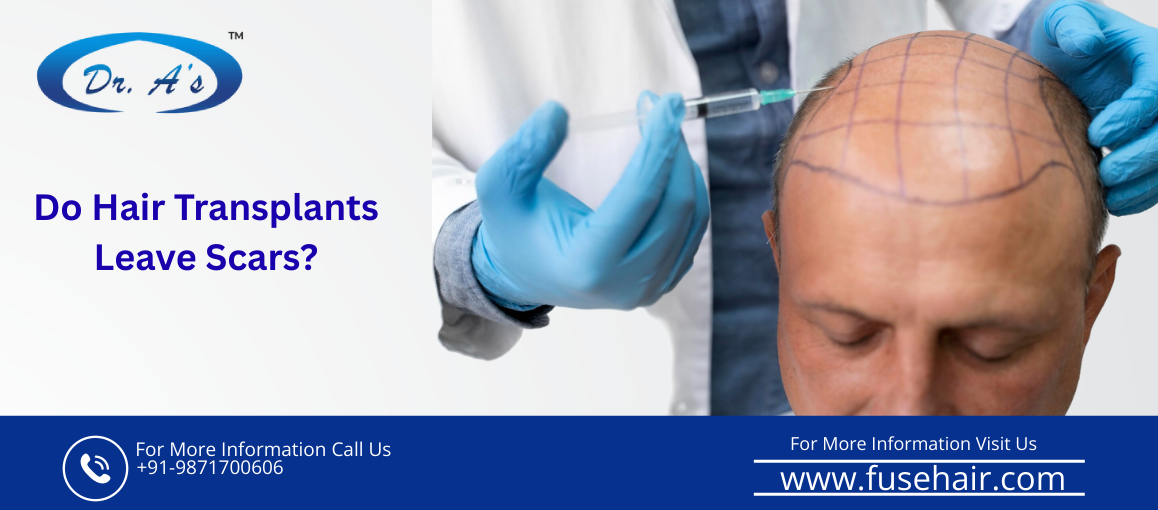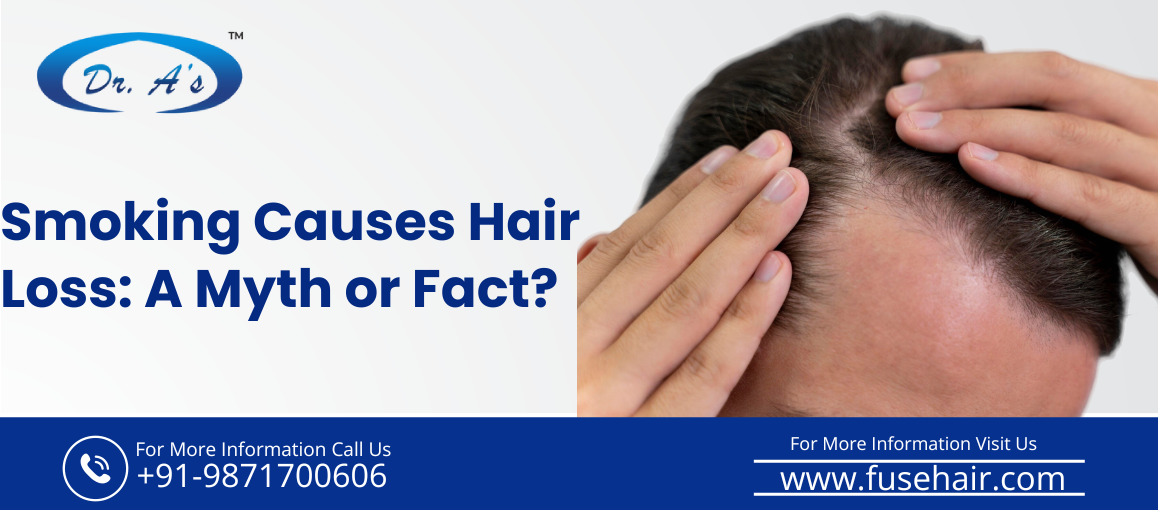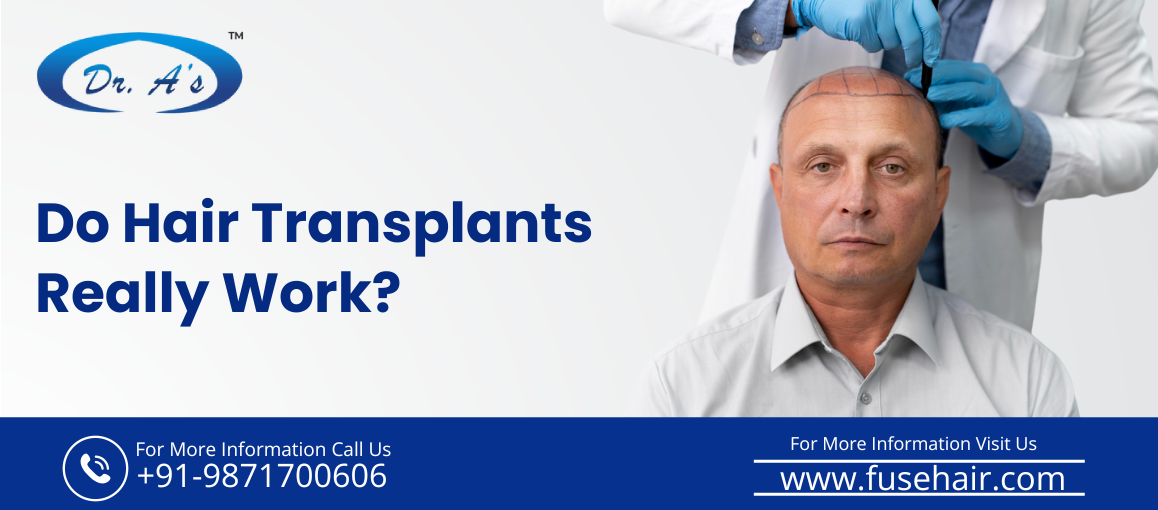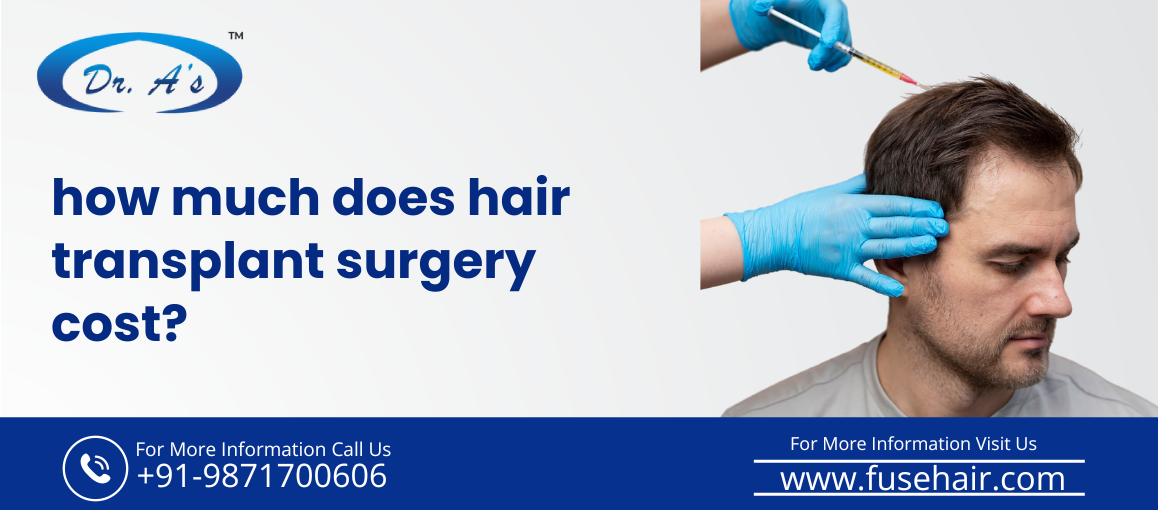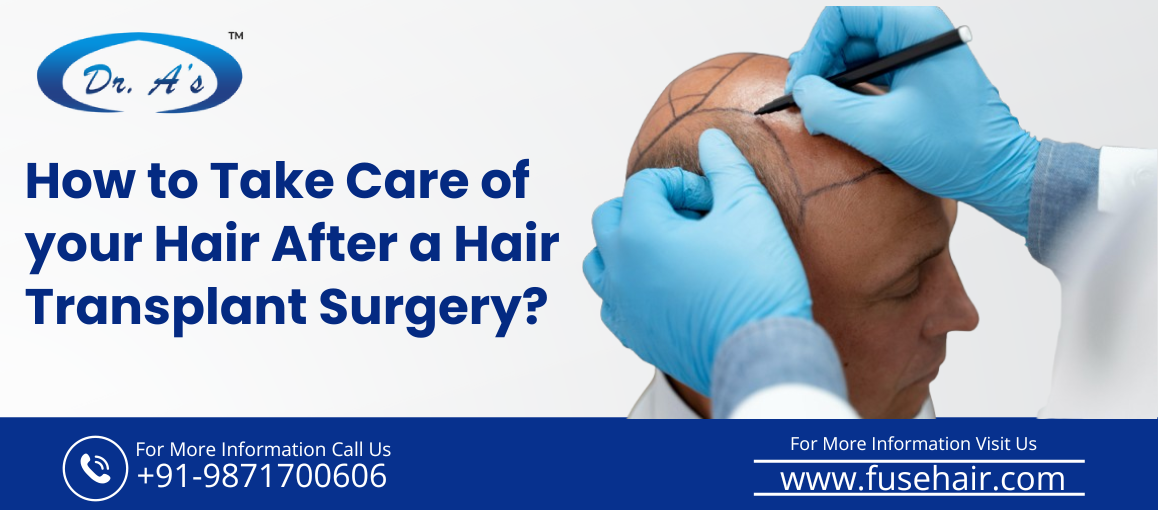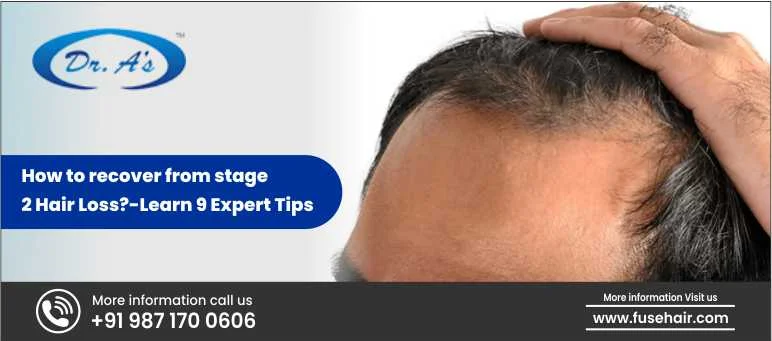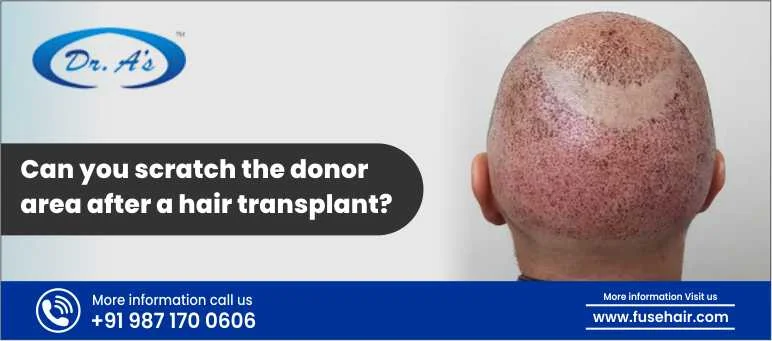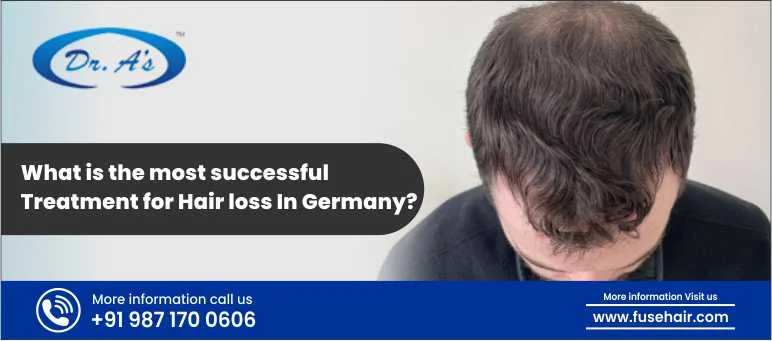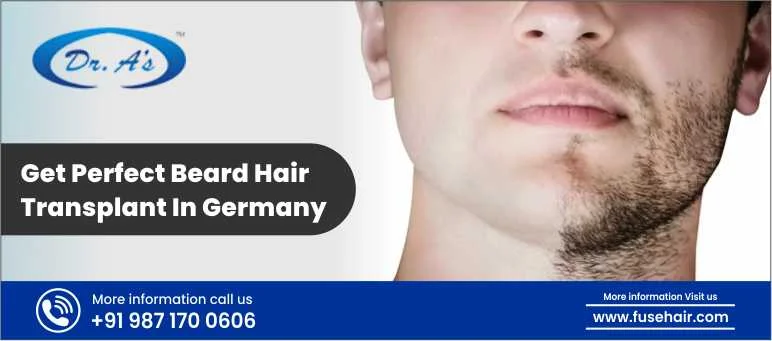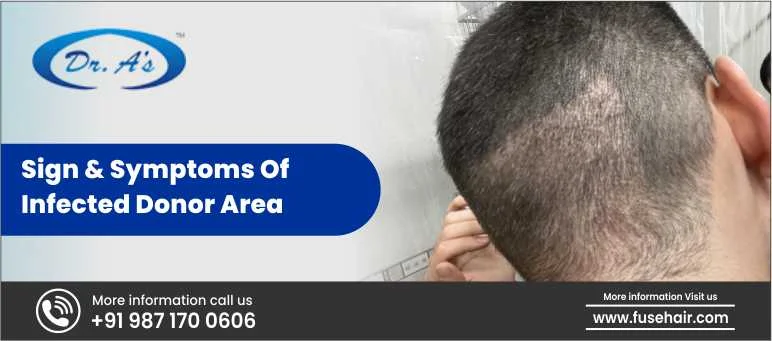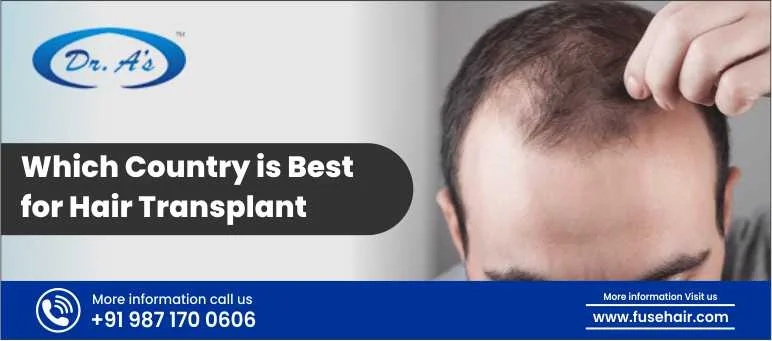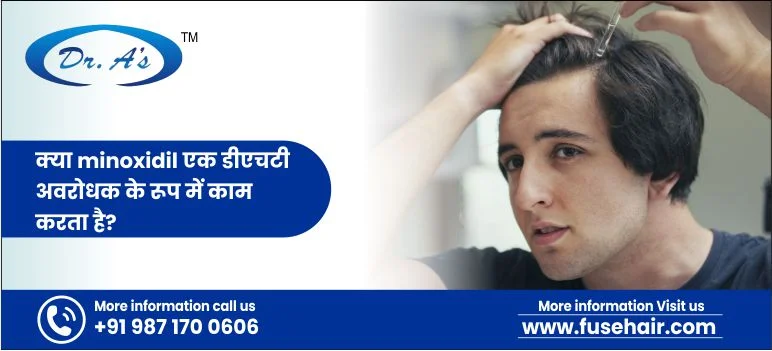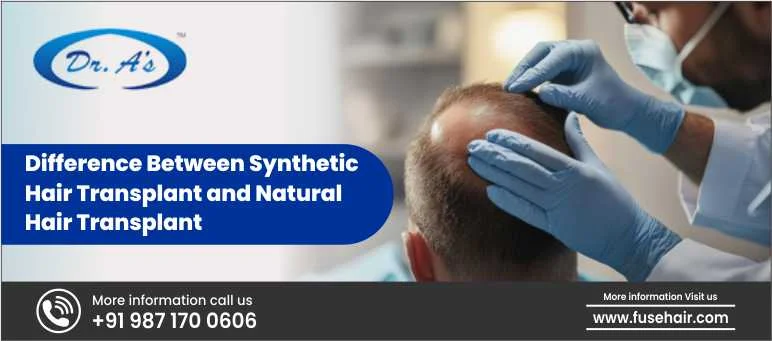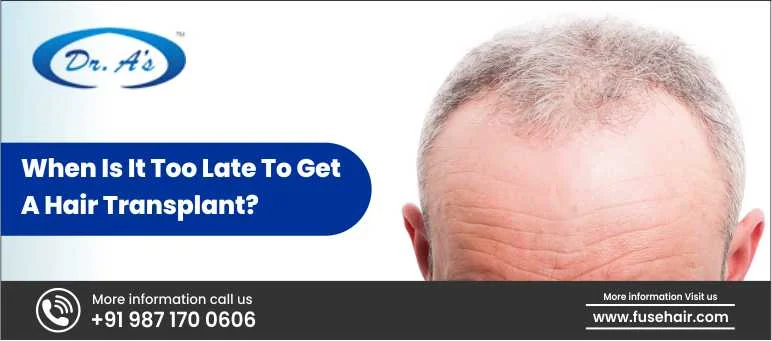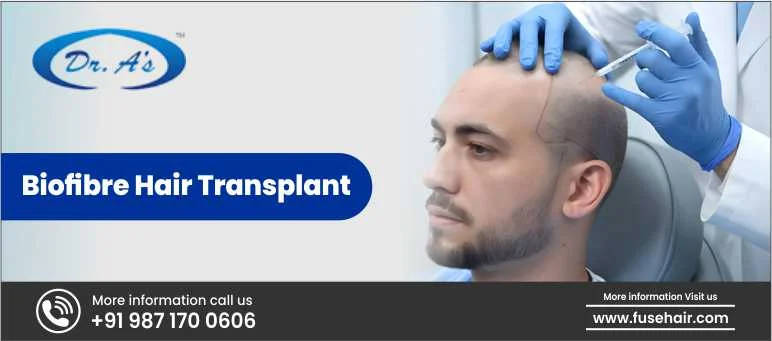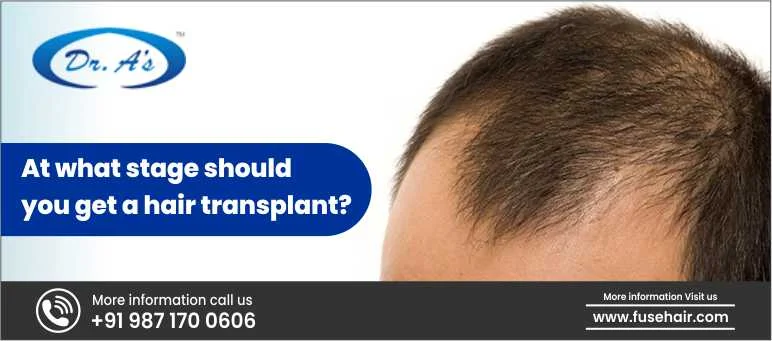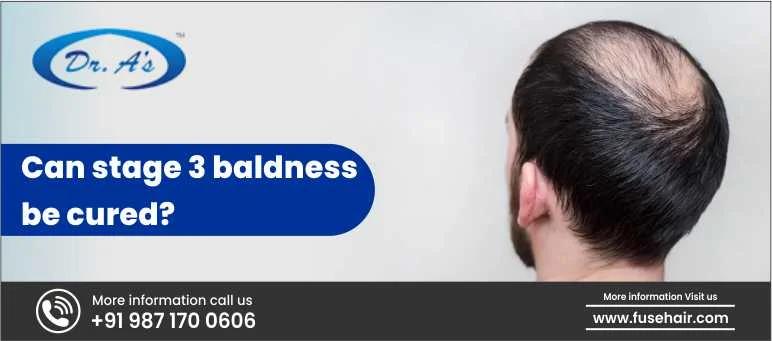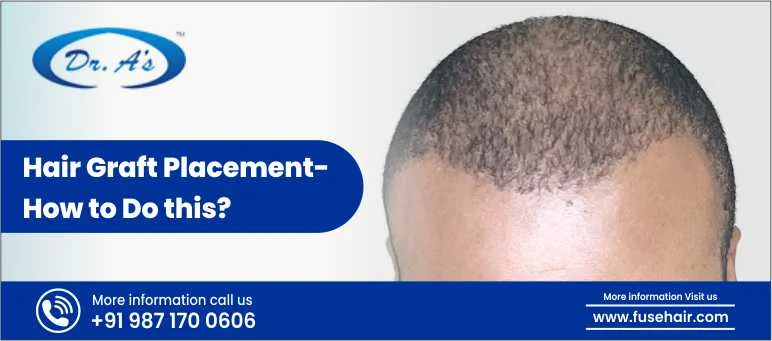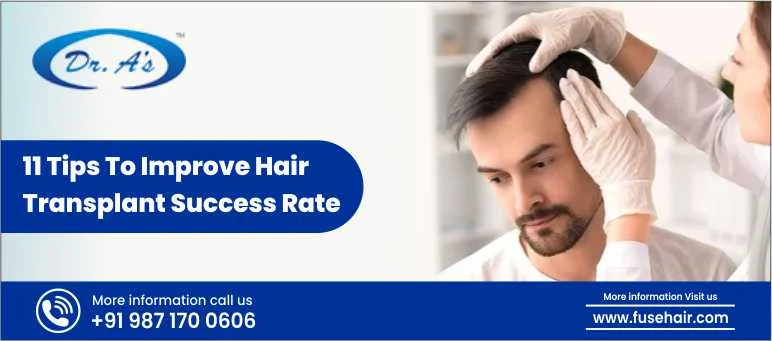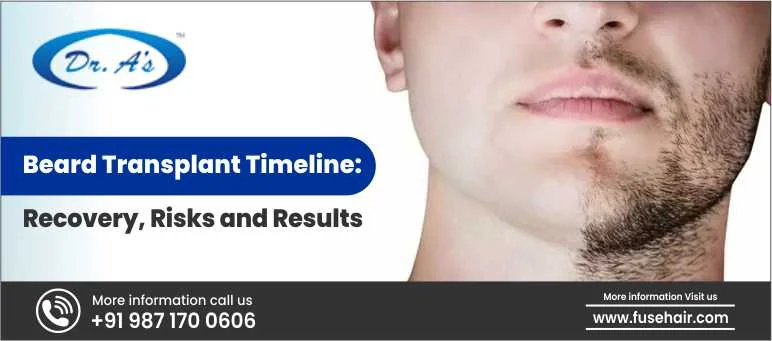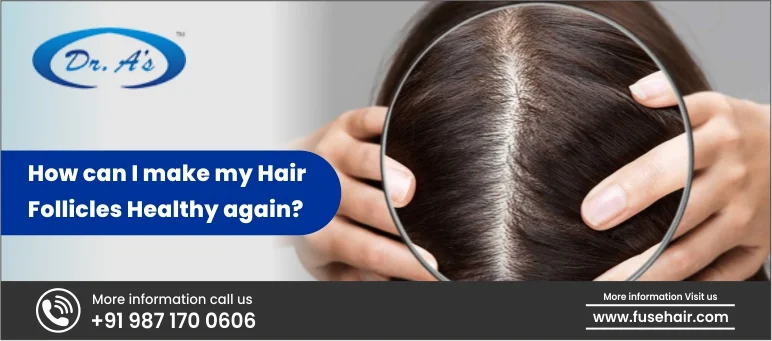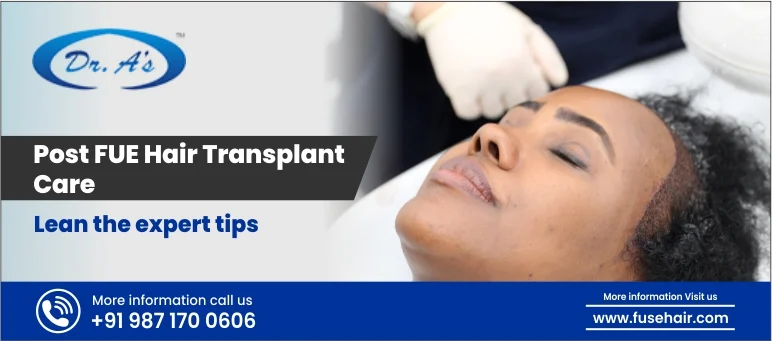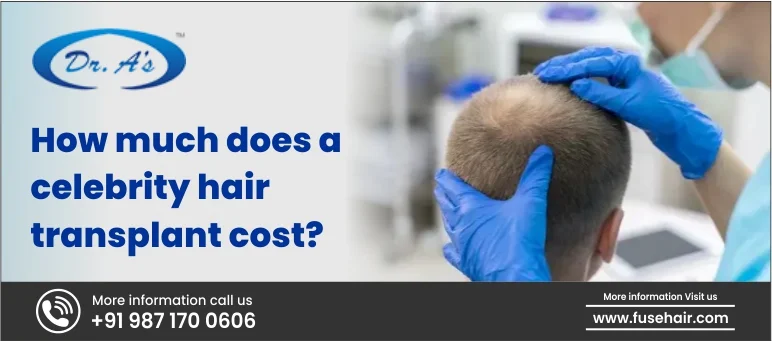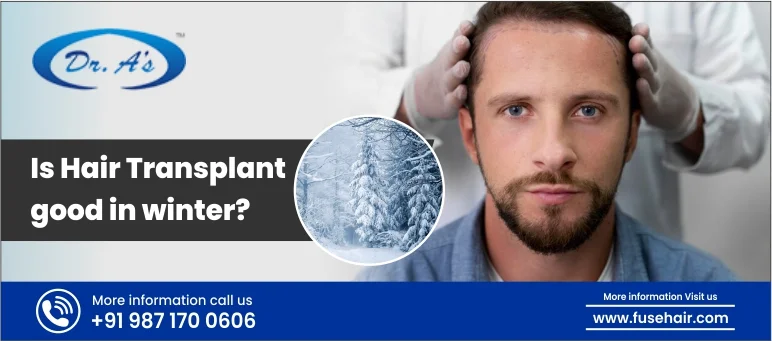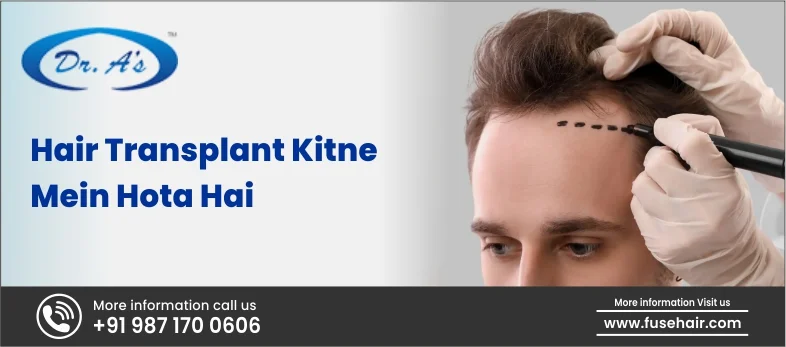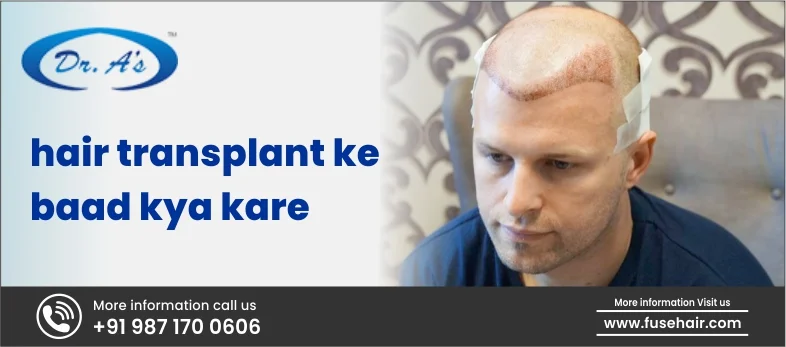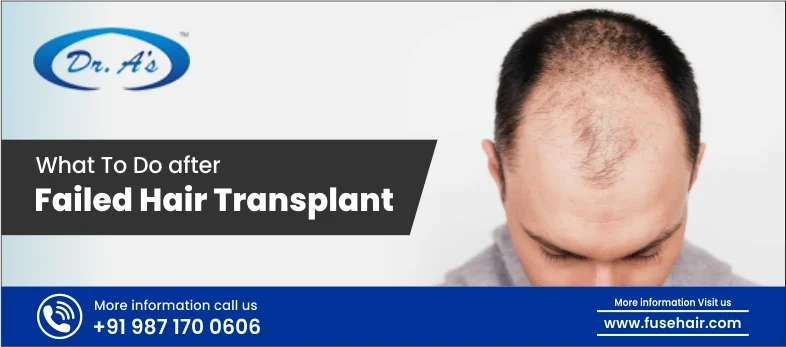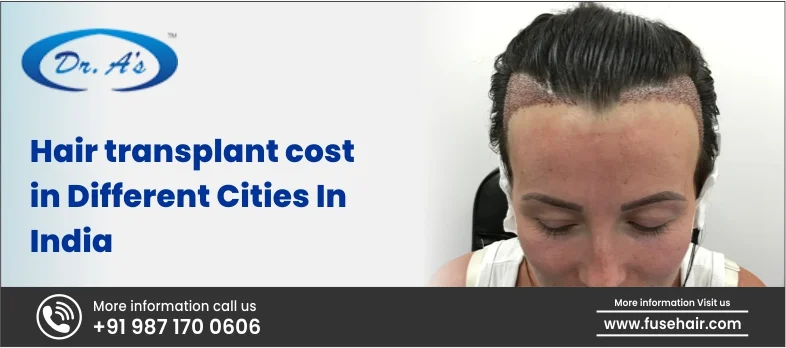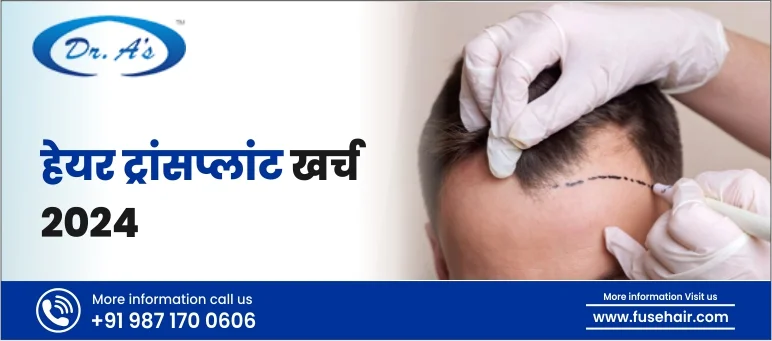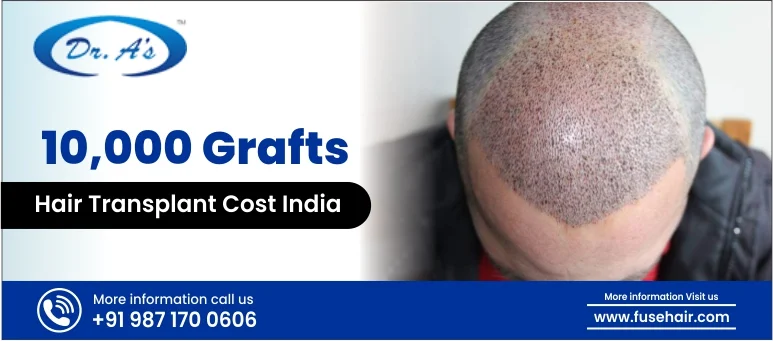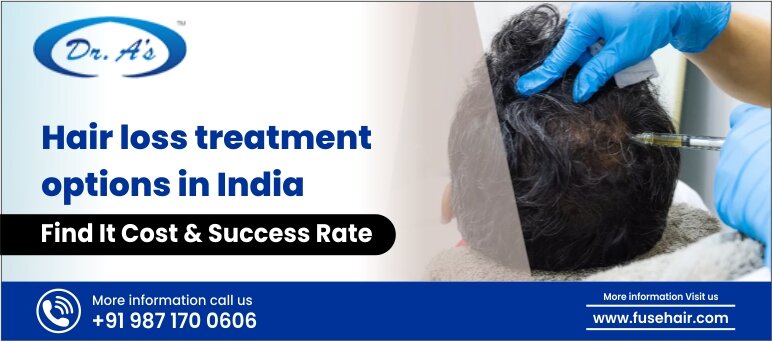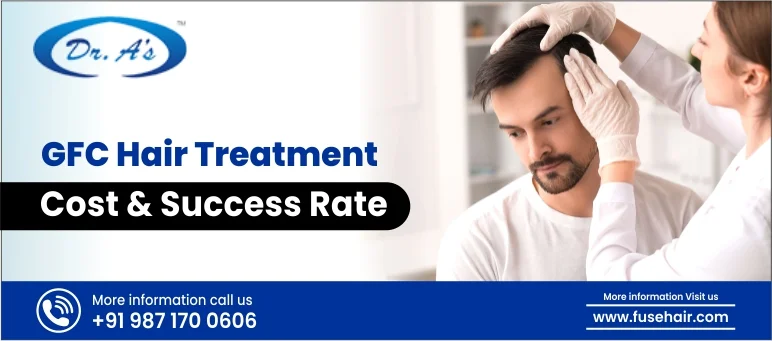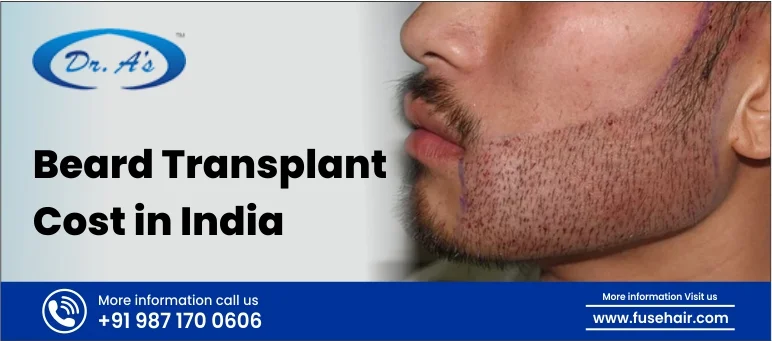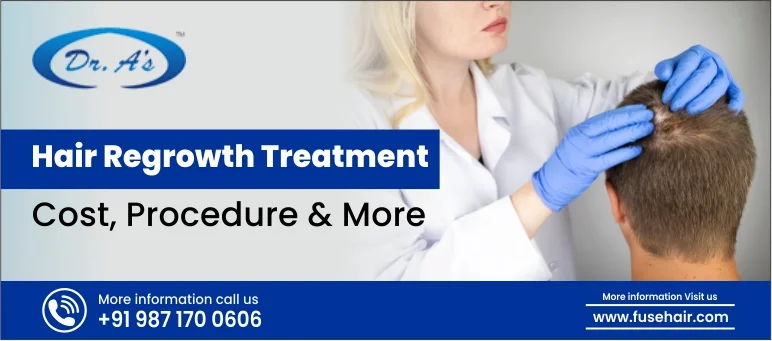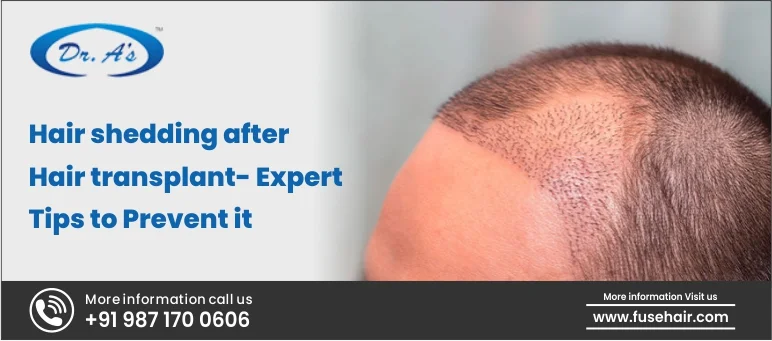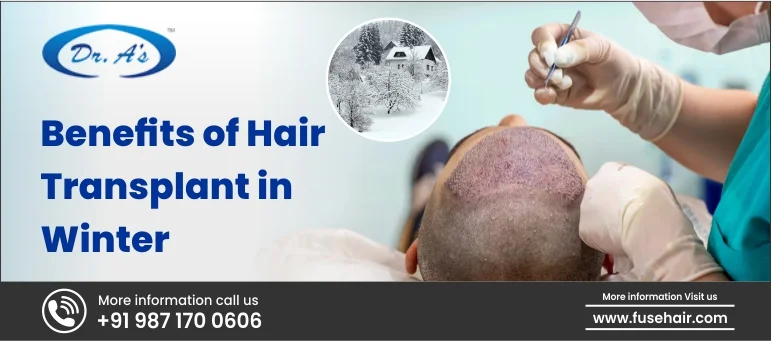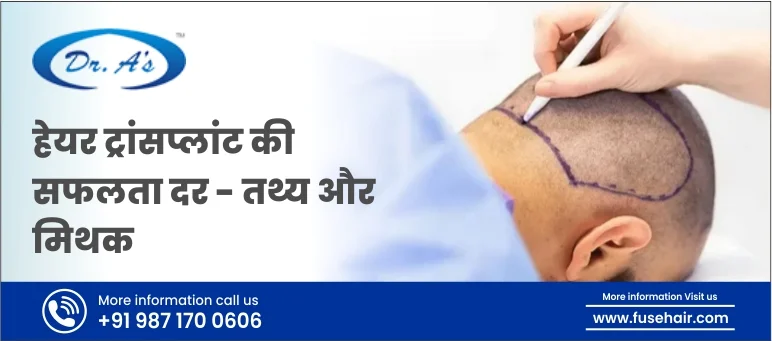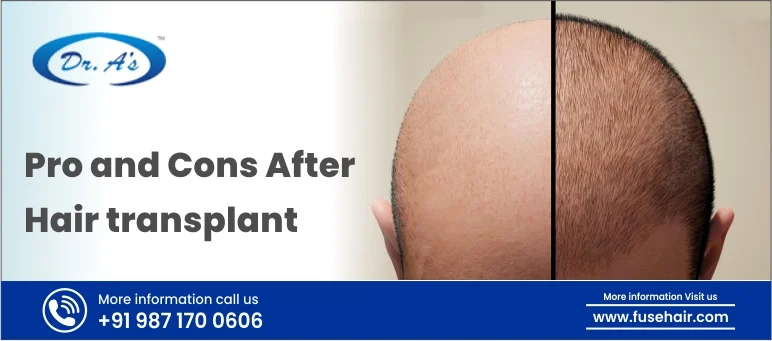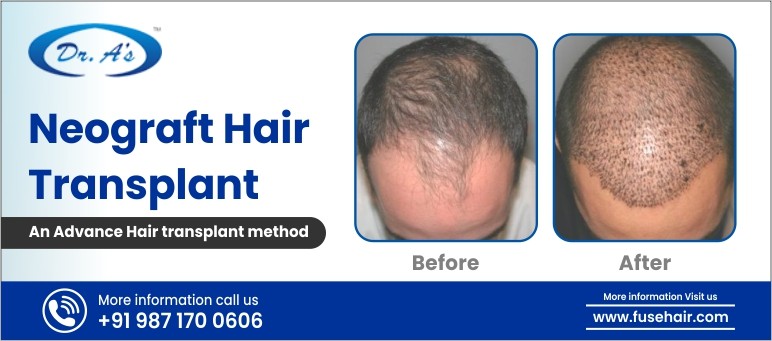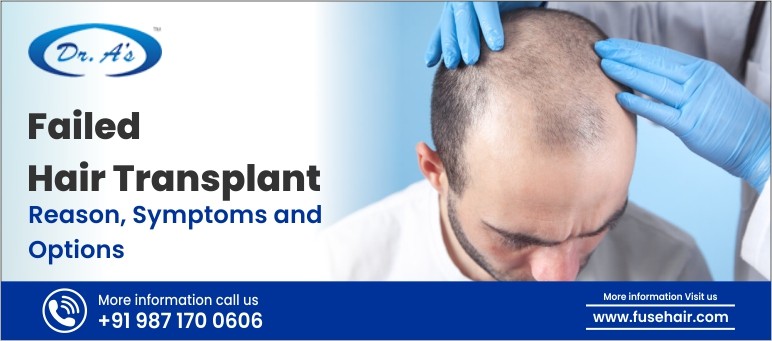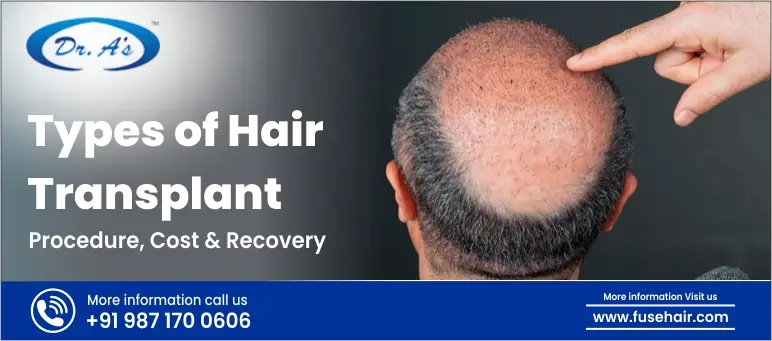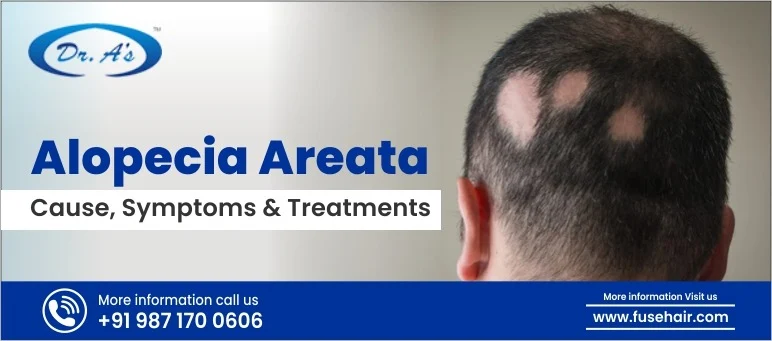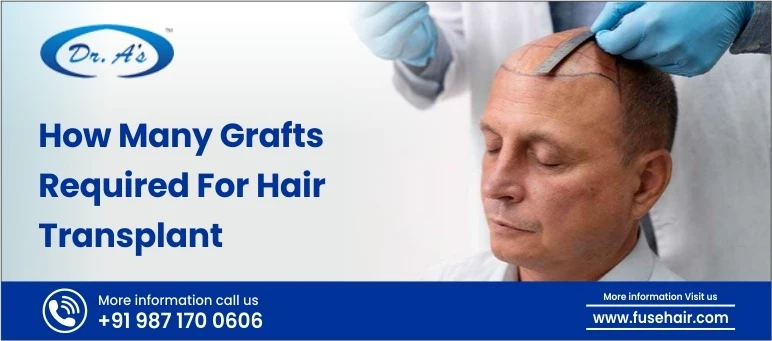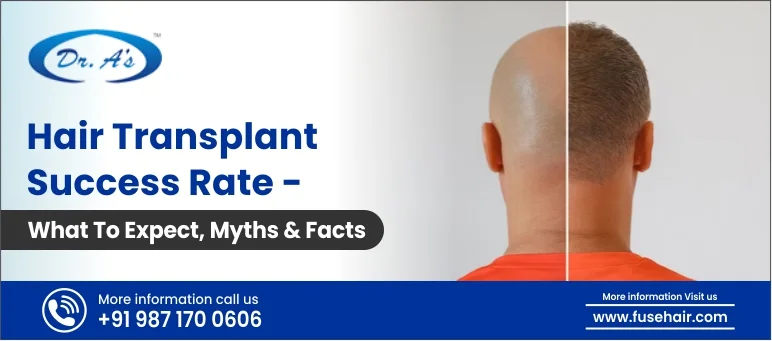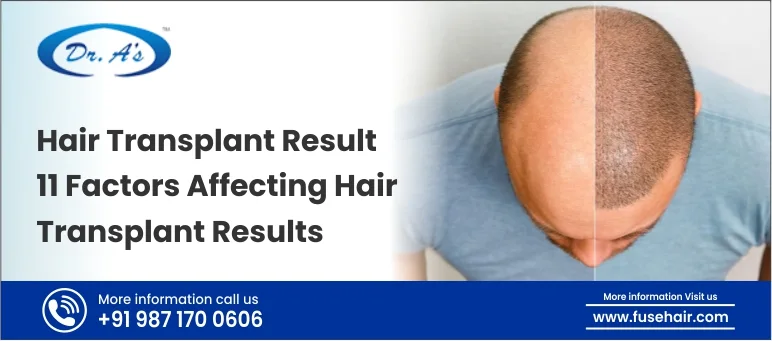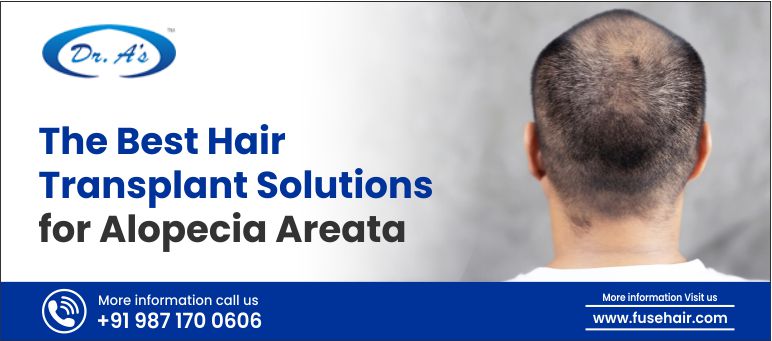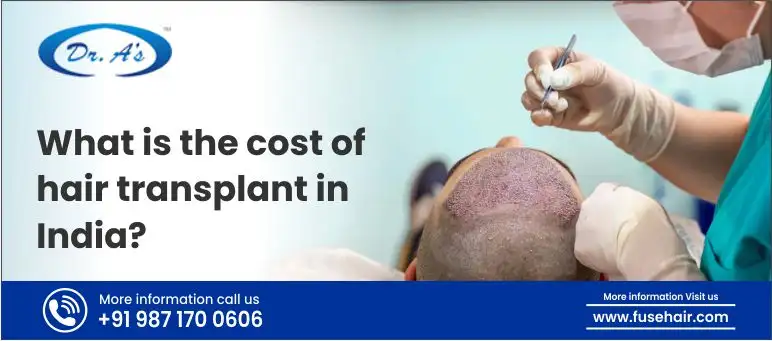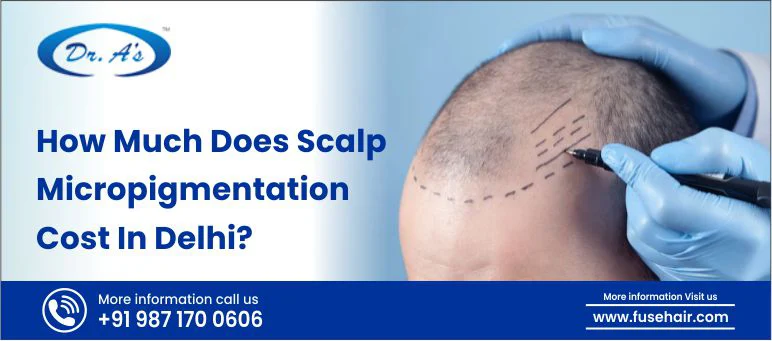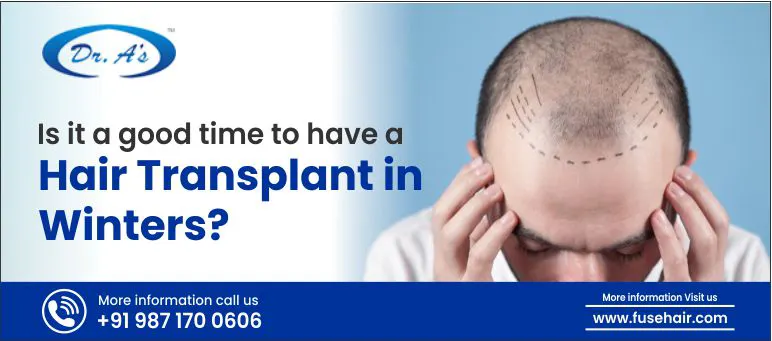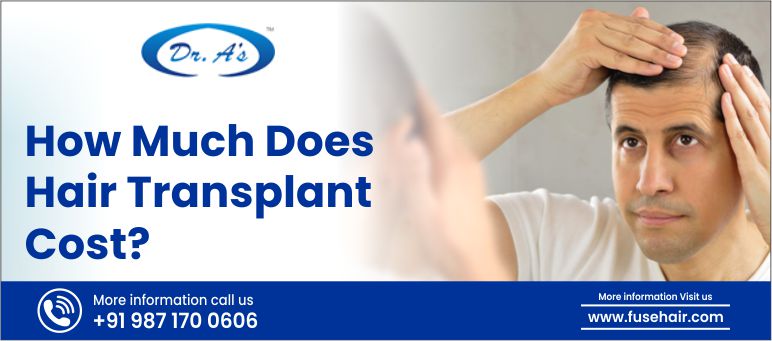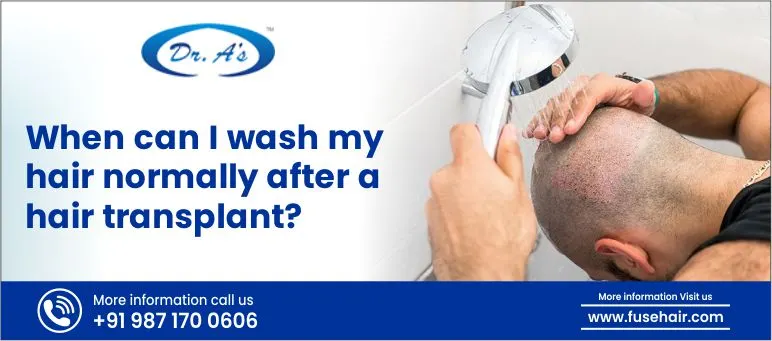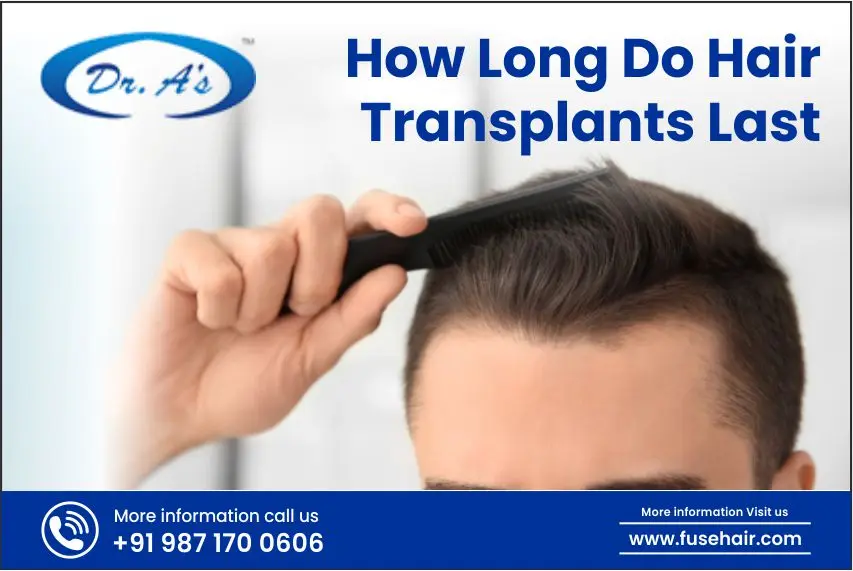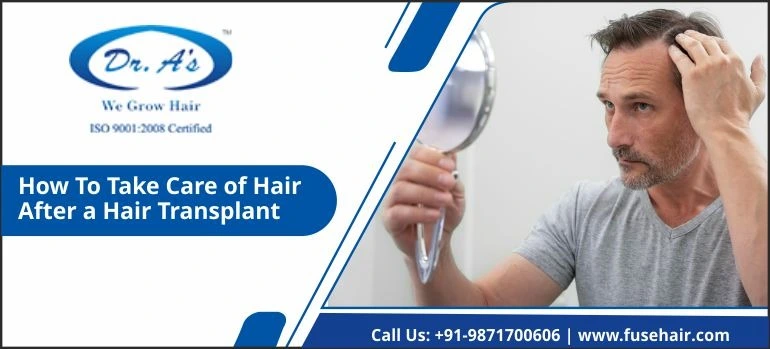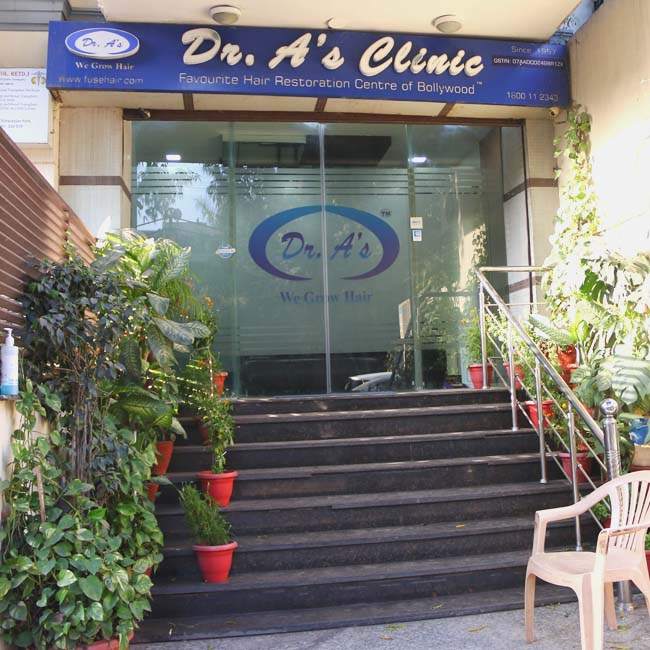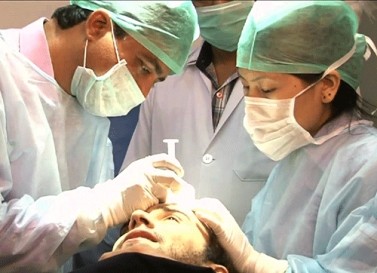
Hair loss is no longer only a middle-aged man’s issue; it is now a worry for women, young adults, and even teenagers nowadays. Fortunately, hair restoration has progressed significantly over the past decade, evolving from mere plain transplants to high-tech treatments powered by AI, regenerative medicine, and high-precision technology.
At Dr. A’s Clinic, we specialize in blending cutting-edge technology with unparalleled clinical expertise. From cutting-edge FUSE techniques to stem cell therapies, we strive to revolutionize hair transplants so as to provide you with long-lasting, natural-looking results.
So, are you ready to discover the 15 revolutionary technologies revolutionizing hair transplants in 2025? Jump in.
Top 15 Most Advanced Hair Transplant Technologies
Let’s take a tour through the most revolutionary and cutting-edge approaches to hair restoration, from regenerative cell therapies to artificial intelligence-assisted transplant systems.
-
Stem Cell-Rich Hair Transplant
This is an active, revitalizing therapy that utilizes your own stem cells at the time to augment the result of a hair transplant. Here, stem cells are taken from fat tissue or the roots of hair follicles and injected into the scalp during or after a transplant. These cells send out growth signals that accelerate healing, increase graft survival, and induce natural, thicker hair growth. To advance results, the clinic pairs this with growth factor-infused serums, which are especially beneficial for patients with compromised scalp health or stage-one thinning.
-
FUSE Technology
The FUSE (Follicular Unit Separation Extraction) process is a refined technique of hair transplantation wherein individual follicular units are carefully separated and extracted from the donor site directly, without linear incisions or stitches. FUSE differs from the standard FUE technique in being less invasive, resulting in less scarring, and the ability to recover faster.
Follicles are removed under high magnification for accuracy and to avoid damage, maintaining the intactness of every graft. The procedure is perfect for those requiring natural results, particularly in situations that demand meticulous hairline design or extensive grafting. FUSE is also used in revision surgery when the preservation of the donor hair is paramount. At Dr. A’s Clinic, Dr. Arvind Poswal performs the FUSE procedure with great precision and care, utilizing the latest magnification equipment to make sure that every graft is left intact with virtually no scarring.
-
Direct Hair Implantation (DHI)
DHI is an odyssey, a very advanced and minimally invasive version of the FUE technique. In this process, follicular units are planted in the scalp using a unique tool known as the DHI Implanter Pen, without having to create incisions or slits in the recipient area.
Through the skill of this tool, it dictates the depth, direction, and angle for every implanted hair, thereby providing the most natural, dense, and precise results. Because the follicles spend less time outside the body, graft survival is better, greatly minimizing recovery time. The absence of trauma and short recovery time are appreciated by patients. DHI remains preferred for eyebrow, beard, and temple hair transplantation.
-
Platelet-Rich Plasma or PRP Therapy
It is a regenerative method performed before, during, or after the hair transplant procedure. Your blood is drawn in a small quantity, processed to concentrate the platelets, and then injected into areas where thinned hair is evident.
Platelets are loaded with growth factors that activate stem cells, boost collagen formation, and begin to provide blood flow. PRP inhibits hair loss, thickens the miniaturized hairs, and facilitates healing of the newly implanted follicles. Although PRP does not grow back lost hair on its own, when used in conjunction with a transplant, it is an incredible healing and growth stimulator, particularly in the initial 6 months after surgery. At Dr. A’s Clinic, we carefully combine PRP treatment with hair transplantation to fasten recovery, enhance graft survival, and induce faster and denser regrowth, providing an assured add-on for patients who want the best.
-
Stem Cell Banking
In 2025, most hair restoration centers will be providing stem cell banking, a modern approach to preserving your regenerative cells for future needs. The process is extracting your stem cells, usually from the scalp or fat, and keeping them cryogenically stored (in liquid nitrogen) for later use. The cells are later re-stimulated years later to assist in future hair restoration procedures, and it is especially helpful for individuals with inherited hair loss or autoimmune conditions like alopecia areata.
-
Bio-Enhanced FUE with Growth Factor Concentrates
In this method, surgeons integrate classic FUE with powerful biological augmentants such as PRP, exosomes, or tailor-made peptide mixes. All these solutions are directly administered to the harvested grafts and recipient fields within the procedure.
Biological agents induce angiogenesis, minimize inflammation, and turbocharge healing. Individuals usually experience thicker regrowth, more density, and quicker healing with fewer complications. Bio-augmented FUE is suggested for individuals with bad donor sites or anyone who desires maximum utilization of each graft.
-
Robotic ARTAS iX System
The ARTAS iX is a revolutionary robotic hair transplant machine that has artificial intelligence, 3D mapping, and automated precision instruments. It detects and harvests the highest quality follicles with the least amount of human interaction.
Its robotic-armed system is able to implant grafts at millimeter precision so that each hair is oriented in its natural direction and angle of growth. The system saves surgeon fatigue and variability, resulting in a more symmetrical, natural-feeling hairline.
Patients can also view a 3D animation of their possible outcome prior to the transplant, a giant step in customization and assurance.
-
Exosome Therapy
Exosomes are nanoscale vesicles from stem cells that hold potent growth signals. Exosomes do not need blood withdrawal, unlike PRP, and are loaded with messenger RNA and proteins that stimulate latent follicles.
Given intradermally into the scalp, exosomes reanimate thinning areas, inhibit inflammation, and enhance hair density. This treatment is perfect for patients who are not yet ready for a transplant or desire to prolong the effect of a previous one. It’s one of the most thrilling, non-surgical breakthroughs in the regenerative hair care industry.
-
Sapphire Blade FUE
Sapphire FUE improves the older FUE technique by employing extremely fine sapphire blades rather than steel for incising recipient sites. Sapphire blades are finer and smoother, providing more precise cuts and minimizing scalp trauma. This accuracy translates into tighter implantation, reduced scarring, and faster recovery, which is particularly valuable for patients who have sensitive or darker skin, where scarring is an issue.
-
Laser-Assisted Hair Transplants
Low-Level Laser Therapy (LLLT) has also earned a new role in hair transplant procedures. Pre and post-transplant surgery, laser light increases cellular metabolism, ATP production, and scalp blood flow.
LLLT has anti-inflammatory effects, enhances healing, and can speed up the shedding process, so new hair comes in sooner and more robustly. Additional maintenance is also provided by devices such as laser caps or in-office lasers. It’s an in-patient improvement that augments nearly all types of hair restoration.
-
NeoGraft Hair Transplant System
NeoGraft is a half-automated FUE system that makes follicle removal and implantation more efficient. Its vacuum system removes grafts with precise pressure, minimizing trauma and graft transection.
It enables quicker procedures and less damage to the scalp, perfect for individuals who desire a subtle procedure with little downtime.
NeoGraft is particularly well-liked among women since it can be used to save more hair while harvesting, and there’s no full shave required.
-
3D-Printed Hair Grafts (In Development)
Experimenting in the pipeline, 3D-printed follicle scaffolds are under development that resemble the actual follicular structure. The bio-printed grafts are seeded with stem cells and then implanted on the scalp to develop new hair follicles.
This technology will transform hair transplants in the next decade by providing bespoke alternatives for individuals with low donor stock or scarring alopecia. It’s not yet on the market, but keep an eye out.
-
Nanofat Scalp Injections
Nanofat is taken from your fat tissue and processed to keep only micro-sized regenerative cells. Injected into the scalp, nanofat enhances tissue quality, increases blood flow, and awakens latent follicles.
This treatment is commonly employed as a single modality for commencement-stage hair loss or as an adjuvant therapy following transplant.
In contrast to conventional fat grafting, nanofat does not add volume to the scalp but rather addresses regeneration alone.
-
HydraFacial Keravive Scalp Detox
Prior to getting a transplant, it is suggested to go for a Keravive scalp detox. With the help of a HydraFacial device, the scalp is exfoliated, cleansed, and treated with peptide-infused serums that eliminate debris and enhance follicle health.
A healthy, oxygen-rich scalp environment greatly enhances graft acceptance and supports natural regrowth. It’s also utilized as a monthly upkeep ceremony to lengthen transplant results and fight receding.
-
Personalized Genetic Hair Mapping
Genetic mapping is an emerging technology used in hair transplants. A quick DNA swab can unveil your risk of hair loss, the best treatments, and how your body will react to drugs such as minoxidil or finasteride.
This aids in developing ultra-personalized transplant plans based on your genetic code, enhancing success rates and avoiding future loss. It’s preventive care and precision medicine combined.
Conclusion
Today, hair restoration is not about covering up bald spots; it’s about regeneration, customization, and long-term solutions. Whether you choose AI-backed surgery, stem cell assistance, or laser treatments, the ideal clinic will craft a plan just for you.
Dr. A’s Clinic doesn’t just follow trends, but we pioneer them, offering next-gen hair transplant solutions trusted by thousands across the globe. Our founder, Dr. Arwind Poswal, is a name synonymous with innovation, ethics, and excellence.
His expertise and visionary approach have helped thousands to rediscover not just their hair but their identity, too. With groundbreaking technologies like FUE, FUSE, PRP, and LLLT, Dr. A’s Clinic is not just filling gaps; we are rebuilding confidence, one follicle at a time.












